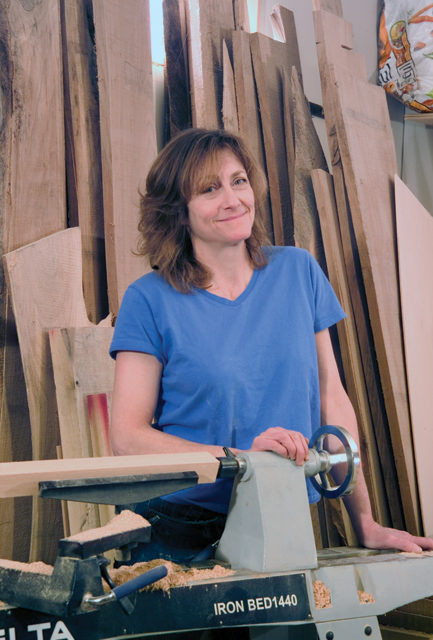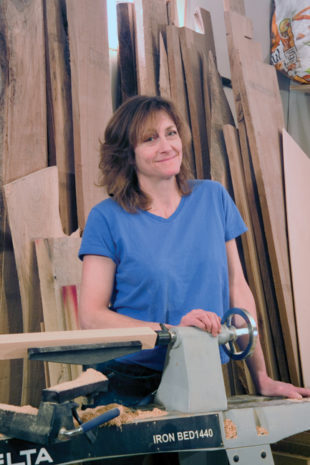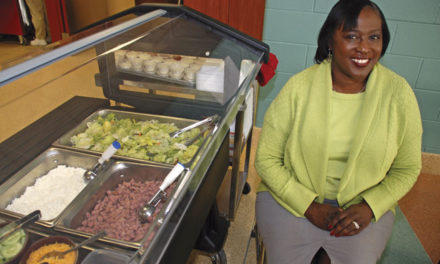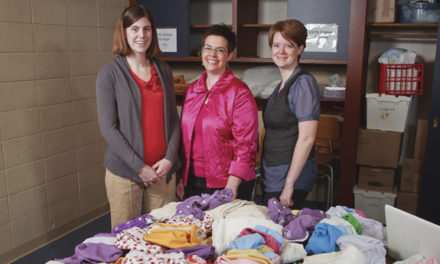BY ELISABETH ANDREWS
Virginia Woolf famously wrote, “A woman must have money and a room of her own if she is to write fiction.” Without that space and autonomy, how could she possibly marshal her full mental capacity and direct it toward her craft?
Nancy Hiller’s new book, A Home of Her Own, could serve as the modern update to Woolf’s historic essay. Available from IU Press, it describes the home not only as a means to greater self-expression but also an end in itself, affording the owner satisfaction beyond mere lodging. Contrary to the message of popular media, Hiller argues, women are capable of deriving emotional fulfillment from something other than a partner. She writes of her first home, “No one could deny that the house, quite literally, embraced me, sheltered me, and kept me warm, in addition to delighting me with its beauty. It was, in its own way, a companion.”
Hiller, 52, has a particular familiarity with home craft, having worked as a cabinetmaker for more than 30 years. A University of Cambridge dropout, she resumed her higher education in Bloomington in the ’90s, earning a master’s degree in religious studies from Indiana University. By then a respected craftsperson known for her Victorian- and Arts and Crafts-inspired pieces, she completed her degree with a thesis on the “disembodying” effects of mechanization on woodworkers’ relationships to their materials.
A Home of Her Own also explores “this idea of there being a dialectical relationship between our context, our built environment, and our minds,” she says. Hiller chose to focus on women, however, to examine the present moment of history in which single women, though increasingly able to afford their own homes, are generally regarded as social failures.
Through full-color pictures by Bloomington photographer Kendall Reeves and essays revealing the histories of 18 women and their homes, Hiller seeks to challenge this cultural bias. Several of the featured homes belong to prominent local women, including book editor Linda Oblack, law professor Jeannine Bell, and attorney Catherine Stafford, while other houses are nestled in Chicago neighborhoods or perched atop hillsides in California.
Hiller, who also writes for shelter magazines and Bloom and is the author of The Hoosier Cabinet in Kitchen History (IU Press, 2009), says she hopes her new book “will be part of a conversation about the meaning of home, because home is much more than a commodity.”

















